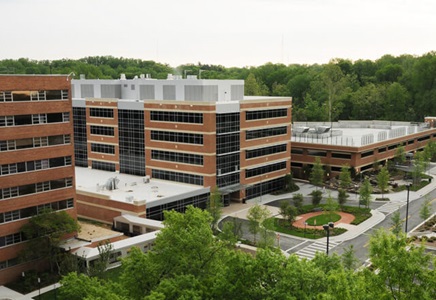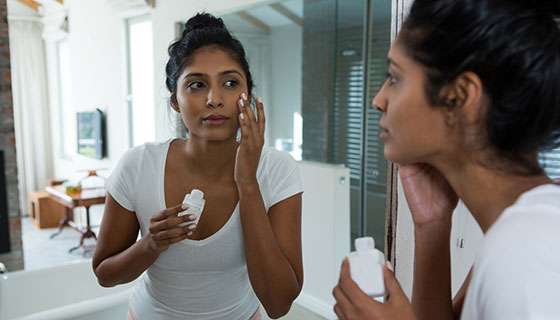Causes and Risk Factors For Skin Cancer

What does tanning do to the skin?
Tanning is the skin's response to ultraviolet (UV) light--a protective reaction to prevent further injury to the skin from the sun. However, tanning does not prevent skin cancer.
What are risk factors for skin cancer?
Aside from exposure to UV light (from the sun or manmade sources, such as tanning lamps), the following are possible risk factors for skin cancer:
-
Heredity. People with a family history of skin cancer are generally at a higher risk of developing the disease. People with fair skin and a northern European heritage appear to be most susceptible.
-
Multiple nevi (moles) or atypical moles
-
Exposure to coal and arsenic compounds
-
Elevation. Ultraviolet light is stronger as elevation increases (because the thinner atmosphere at higher altitudes cannot filter UV as effectively as it does at sea level).
-
Latitude. The rays of the sun are strongest near the equator.
-
Repeated exposure to X-rays
-
Scars from disease and burns
-
Immune suppression, such as in people who have had organ transplants
-
Male gender
-
Older age
-
Prior history of skin cancer
-
Certain rare inherited conditions, such as basal cell nevus syndrome (Gorlin syndrome) or xeroderma pigmentosum (XP)
-
Smoking (increases the risk for squamous cell cancer, especially on the lips)
Dermatology Care at Sibley

The team from Johns Hopkins Dermatology at Sibley Memorial Hospital consists of highly specialized dermatologists who provide expert treatments in cosmetic, medical, and pediatric dermatology.






